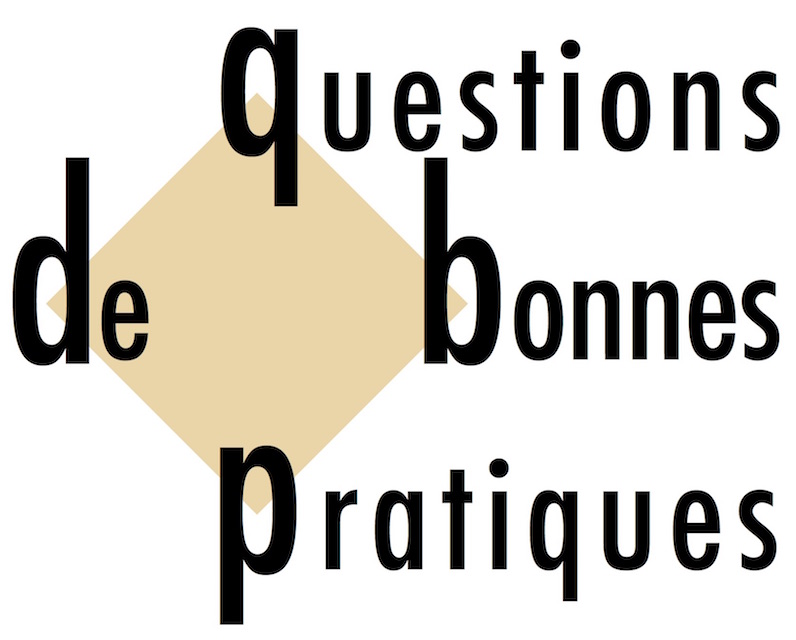Lien vers la table des matières de la bibliographie thématique, composée de documents réunis par un Groupe de travail constitué dans la perspective de préciser les spécificités de l'approche clinique de l'Antenne 110 par rapport aux "Evidence-Based Practices" : CLIQUER ICI.
Angell, M. E., Nicholson, J. K., Watts, E. H., & Blum, C. T. (2011). Using a multicomponent adapted power card strategy to decrease latency during interactivity transitions for three children with developmental disabilities. Focus on Autism and Other Developmental Disabilities, 26(4), 206-217. http://dx.doi.org/10.1177/1088357611421169
Betz, A., Higbee, T. S., & Reagon, K. A. (2008). Using joint activity schedules to promote peer engagement in preschoolers with autism. Journal of Applied Behavior Analysis, 41(2), 237-241.
Blum-Dimaya, A., Reeve, S. A., Reeve, K. F., & Hoch, H. (2010). Teaching children with autism to play a video game using activity schedules and game-embedded simultaneous video modeling. Education and Treatment of Children, 33(3), 351-370. http://dx.doi.org/10.1353/etc.0.0103
Bock, M. A. (1999). Sorting laundry categorization strategy application to an authentic learning activity by children with autism. Focus on Autism and Other Developmental Disabilities, 14(4), 220-230.
Boyd, B. A., McDonough, S. G., & Bodfish, J. W. (2012). Evidence-based behavioral interventions for repetitive behaviors in autism. Journal of Autism and Developmental Disorders, 42(6), 1236-1248. http://dx.doi.org/10.1007/s10803-011-1284-z
Bryan, L. C., & Gast, D. L. (2000). Teaching on-task and on-schedule behaviors to high-functioning children with autism via picture activity schedules. J Autism Dev Disord, 30(6), 553-567.
Cale, S. I., Carr, E. G., Blakeley-Smith, A., & Owen-DeSchryver, J. S. (2009). Context-based assessment and intervention for problem behavior in children with autism spectrum disorder. Behav Modif, 33(6), 707-742. http://dx.doi.org/10.1177/0145445509340775
Cihak, D. F. (2011). Comparing pictorial and video modeling activity schedules during transitions for students with autism spectrum disorders. Research in Autism Spectrum Disorders, 5(1), 433-441. http://dx.doi.org/10.1016/j.rasd.2010.06.006
Hayes, G. R., Hirano, S., Marcu, G., Monibi, M., Nguyen, D. H., & Yeganyan, M. (2010). Interactive visual supports for children with autism. Personal and Ubiquitous Computing, 14(7), 663-680. Retrieved from Google Scholar.
Hughes, C., Golas, M., Cosgriff, J., Brigham, N., Edwards, C., & Cashen, K. (2011). Effects of a social skills intervention among high school students with intellectual disabilities and autism and their general education peers. Research and Practice for Persons with Severe Disabilities (RPSD), 36, 46-61.
Hume, K., Wong, C., Plavnick, J., & Schultz, T. (2014). Use of visual supports with young children with autism spectrum disorders. In Handbook of early intervention for autism spectrum disorders (pp. 293-313). Springer New York. http://dx.doi.org/10.1007/978-1-4939-0401-3_15
Krantz, P. J., & McClannahan, L. E. (1998). Social interaction skills for children with autism: A script-fading procedure for beginning readers. Journal of Applied Behavior Analysis, 31(2), 191-202. http://dx.doi.org/10.1901/jaba.1998.31-191
Krantz, P. J., & McClannahan, L. E. (2014). Picture activity schedules. In Handbook of early intervention for autism spectrum disorders (pp. 271-292). Springer New York. http://dx.doi.org/10.1007/978-1-4939-0401-3_14
MacDuff, G. S., Krantz, P. J., & McClannahan, L. E. (1993). Teaching children with autism to use photographic activity schedules: Maintenance and generalization of complex response chains. Journal of Applied Behavior Analysis, 26(1), 89-97. http://dx.doi.org/10.1901/jaba.1993.26-89
Matson, J. L., Sevin, J. A., Box, M. L., Francis, K. L., & Sevin, B. M. (1993). An evaluation of two methods for increasing self-initiated verbalizations in autistic children. Journal of Applied Behavior Analysis, 26(3), 389-398. http://dx.doi.org/10.1901/jaba.1993.26-389
Meadan, H., Ostrosky, M. M., Triplett, B., Michna, A., & Fettig, A. (2011). Using visual supports with young children with autism spectrum disorder. Teaching Exceptional Children, 43(6), 28-35.
Morrison, R. S., Sainato, D. M., Benchaaban, D., & Endo, S. (2002). Increasing play skills of children with autism using activity schedules and correspondence training. Journal of Early Intervention, 25(1), 58-72. http://dx.doi.org/10.1177/105381510202500106
Murdock, L. C., & Hobbs, J. Q. (2011). Tell me what you did today: A visual cueing strategy for children with ASD. Focus on Autism and Other Developmental Disabilities, 26(3), 162-172. http://dx.doi.org/10.1177/1088357611405191
O'Reilly, M., Sigafoos, J., Lancioni, G., Edrisinha, C., & Andrews, A. (2005). An examination of the effects of a classroom activity schedule on levels of self-injury and engagement for a child with severe autism. J Autism Dev Disord, 35(3), 305-311.
Peterson, L., McLaughlin, T. F., Weber, K. P., & Anderson, H. (2008). The effects of model, lead, and test technique with visual prompts paired with a fading procedure to teach “where” to a 13-year-old echolalic boy with autism. Journal of Developmental and Physical Disabilities, 20(1), 31-39. http://dx.doi.org/10.1007/s10882-007-9077-1
Stringfield, S. G., Luscre, D., & Gast, D. L. (2011). Effects of a story map on accelerated reader postreading test scores in students with high-functioning autism. Focus on Autism and Other Developmental Disabilities, 26(4), 218-229. http://dx.doi.org/10.1177/1088357611423543
Thiemann, K. S., & Goldstein, H. (2004). Effects of peer training and written text cueing on social communication of school-age children with pervasive developmental disorder. Journal of Speech, Language & Hearing Research, 47(1), 126-44. http://dx.doi.org/10.1044/1092-4388(2003/012)
Vedel, M., & Dyrbjerg, P. (2007). Everyday education: Visual support for children with autism. Jessica Kingsley Publishers.
West, E. A. (2008). Effects of verbal cues versus pictorial cues on the transfer of stimulus control for children with autism. Focus on Autism and Other Developmental Disabilities, 23(4), 229-241. http://dx.doi.org/10.1177/1088357608324715



